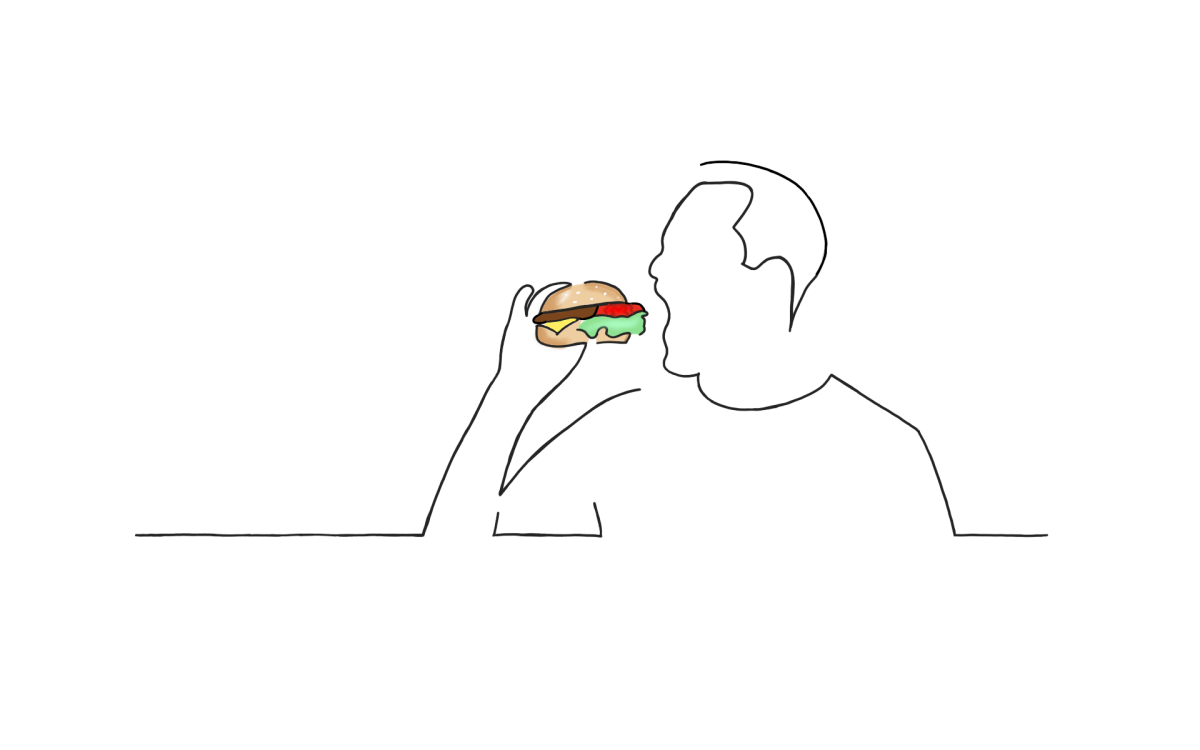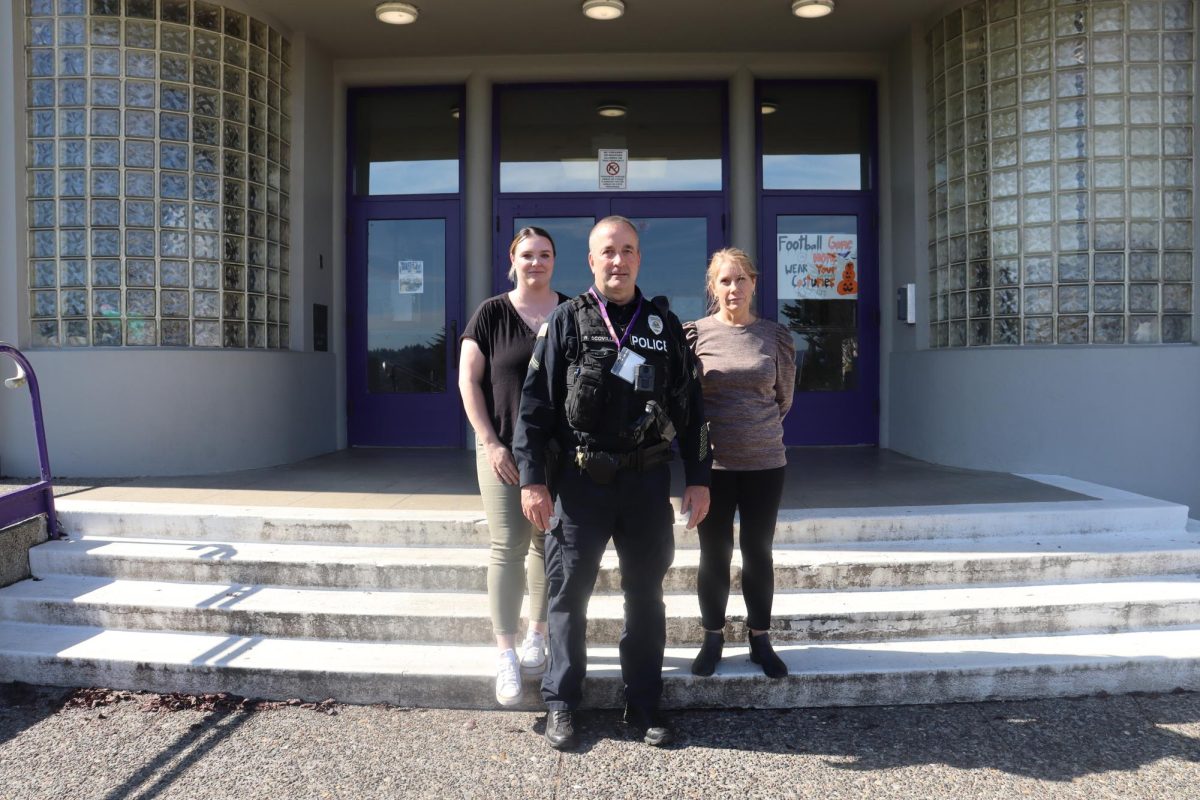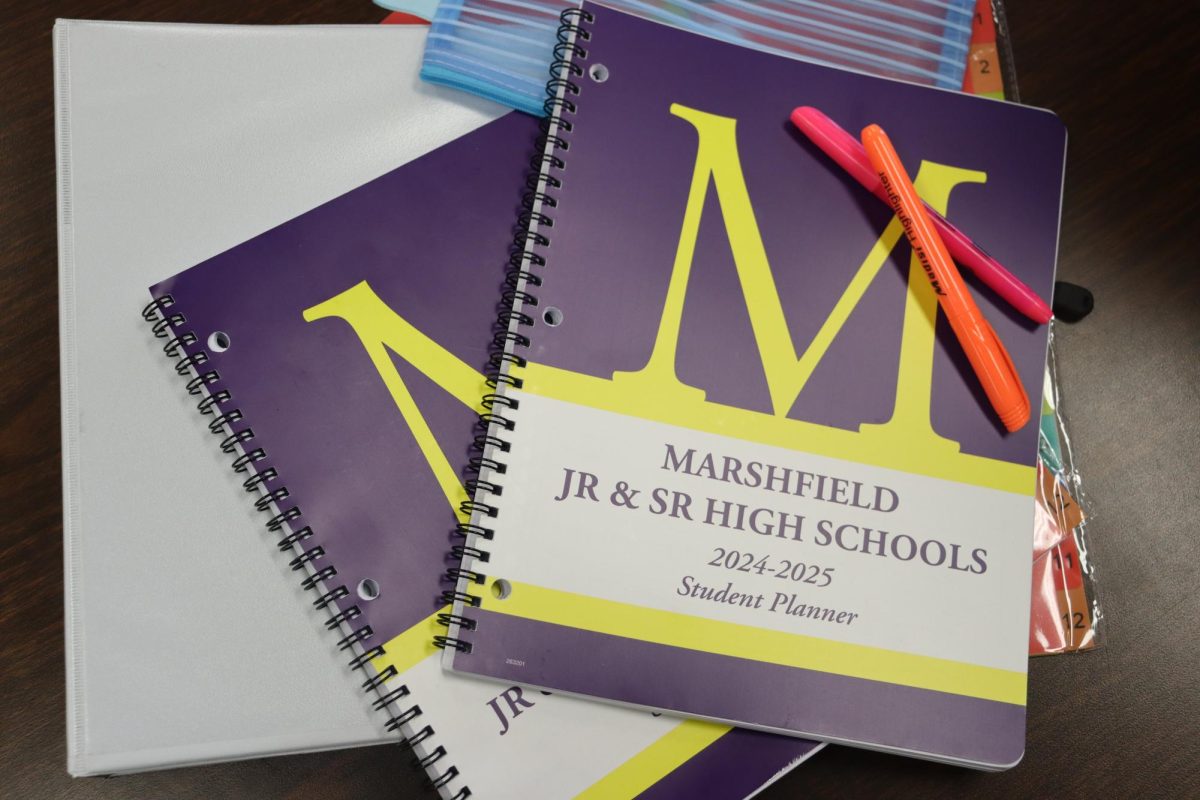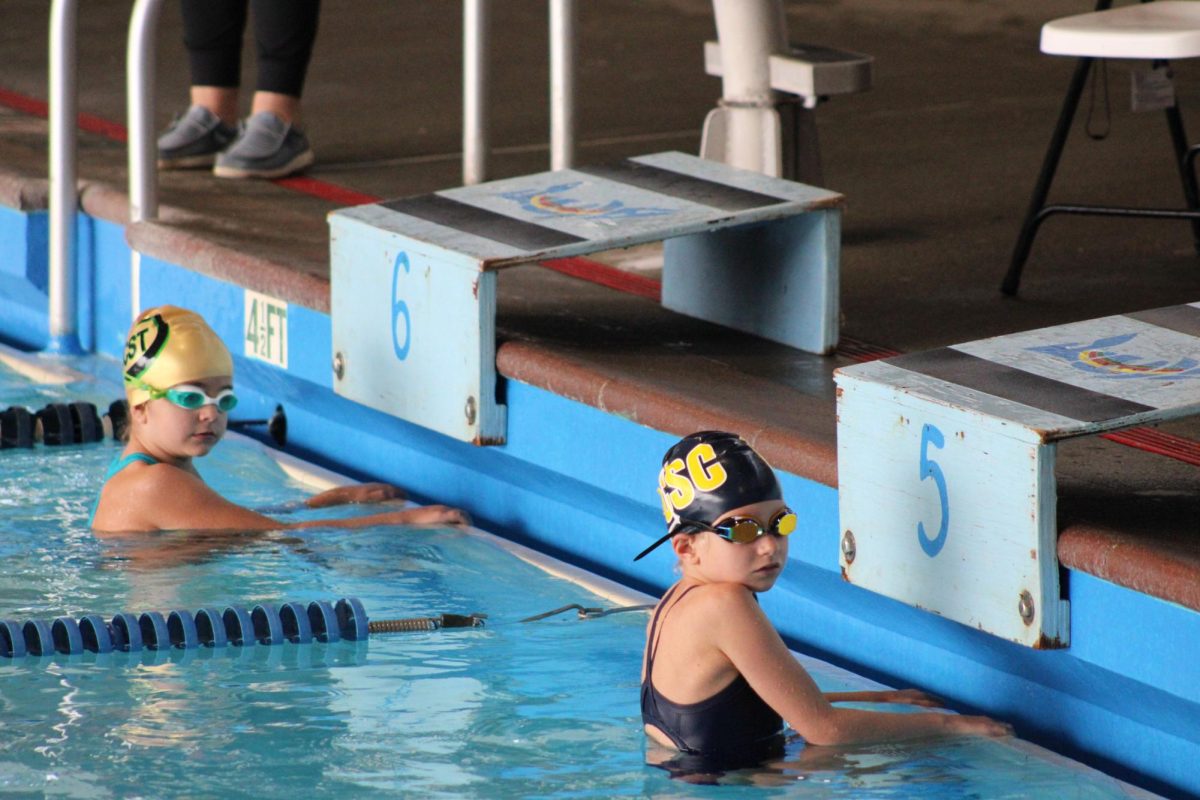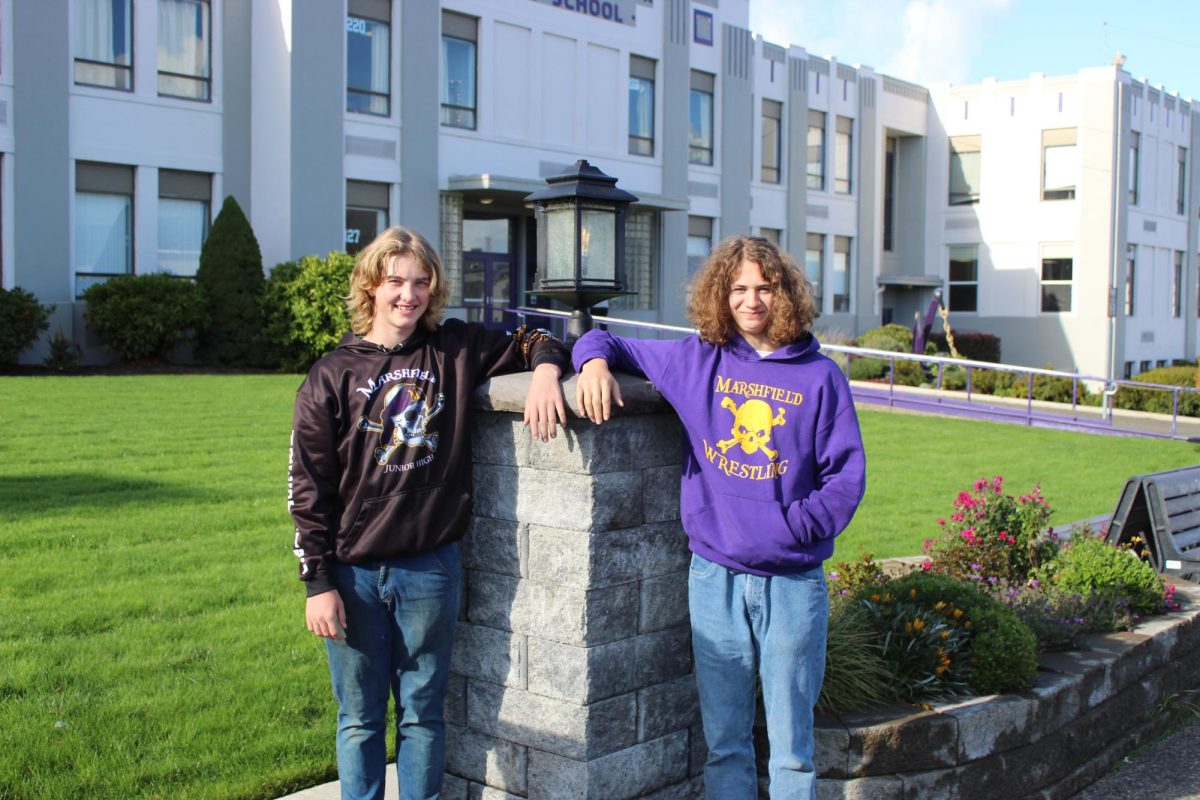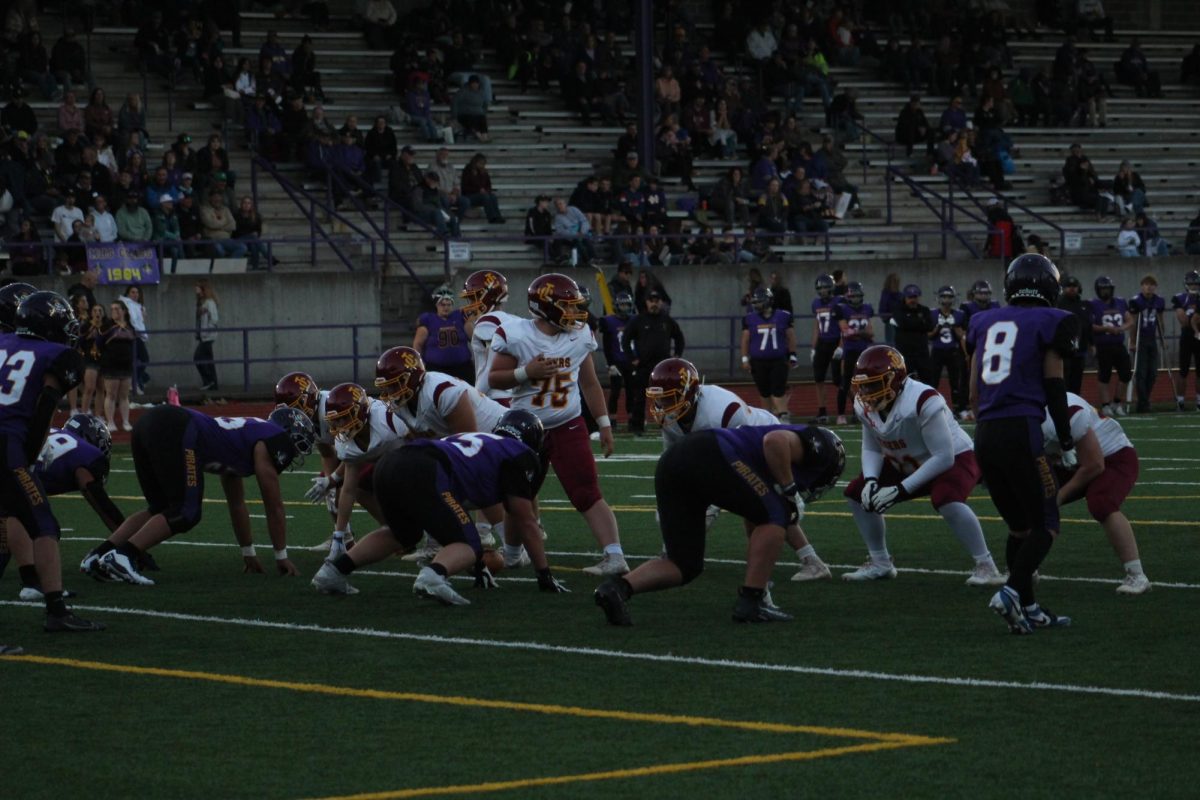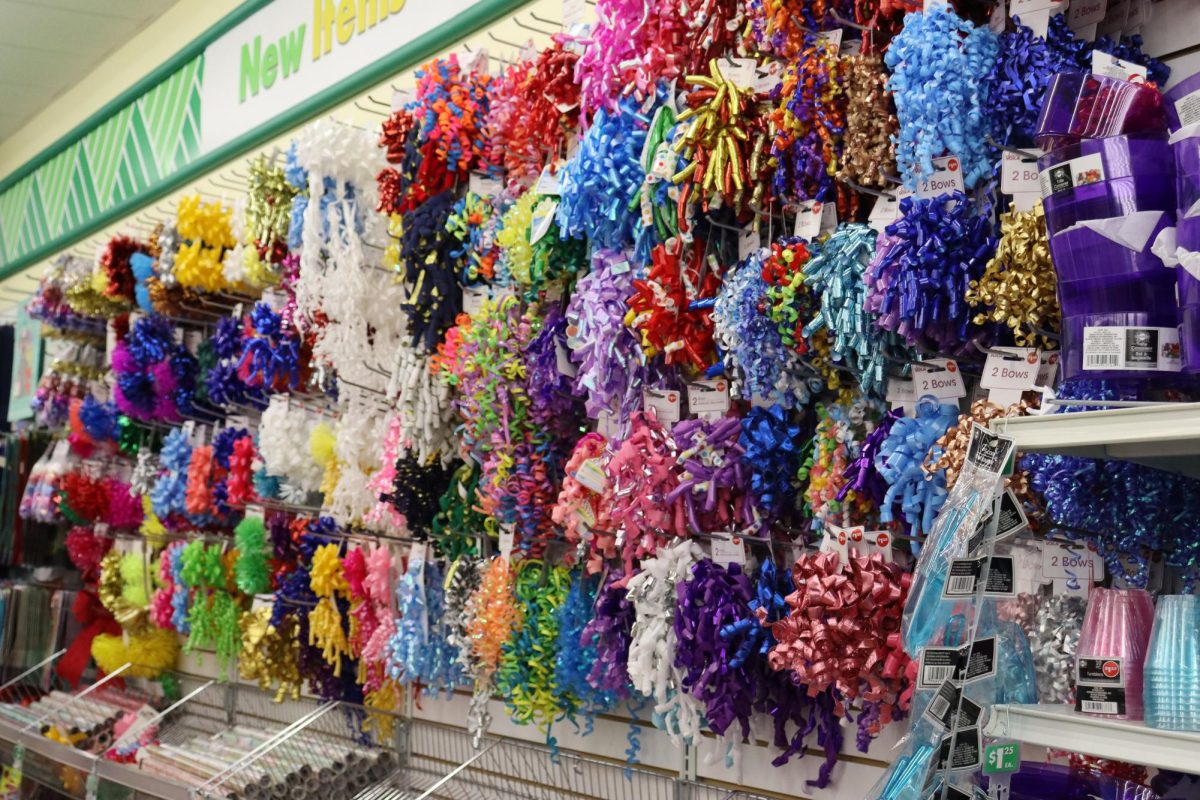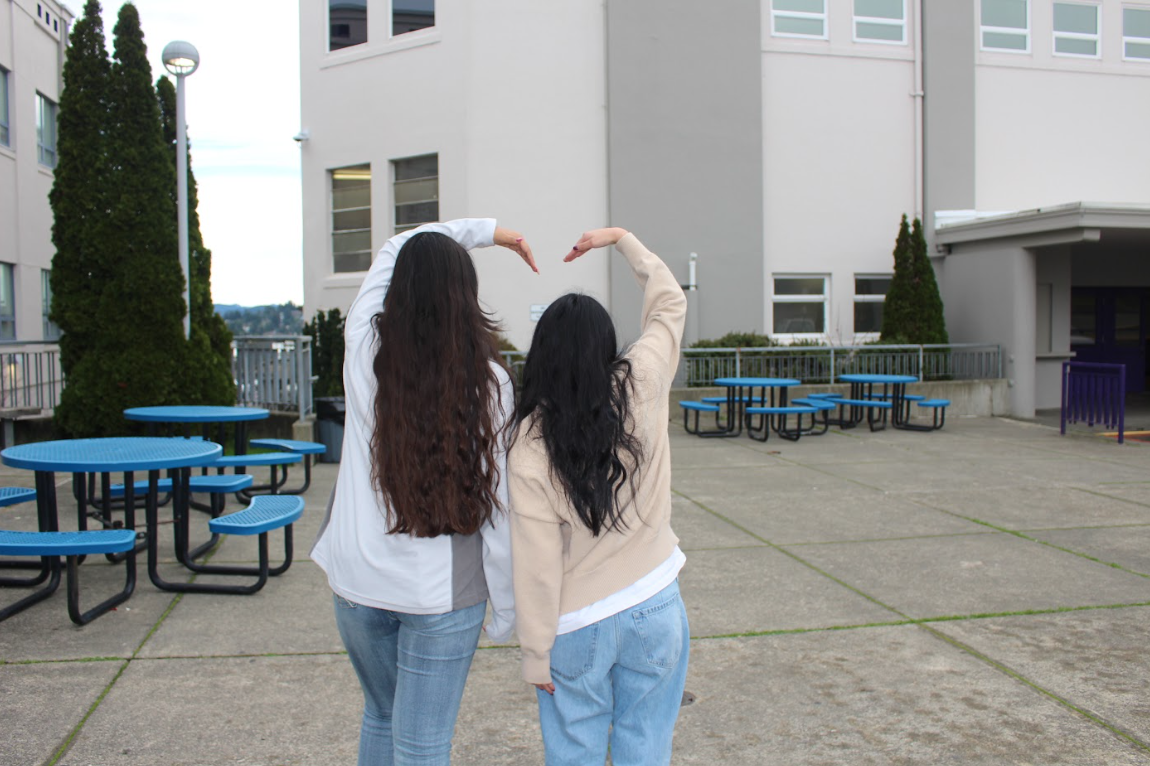Each year Marshfield houses students from across the world. For the 2014-15 school year, nine students are experiencing a new culture and way of life.
Foreign exchange students travel abroad to experience another culture.
Just like there are many different countries foreign exchange students come from, there are various exchange programs students can use to travel. Natalino Lovecchio, Alena Jägers and Cornelia Scheffold use the American Field Service Intercultural program (AFS). Jee Seon (Rain) Eo, Lianli (Summer) Xu and Wan-Yu (Wendy) Liao are part of the Education First program (EF). Lucas Moreno, Asia Costi and Jacob Lønborg are in the International Cultural Exchange Services (ICES). These programs assist students with finding a host family and traveling to their new homes.
The exchange students are chosen by different host families from around the world.
“I get to pick the country but the host family has to pick me,” Lønborg said.
The host parents must provide shelter and food while the students have to provide for their personal needs with money given from their own families. The cost of being a foreign exchange student can range from $5,000 to $15,000 a year, depending on the family’s household income and student lifestyle.
The organizations hold orientation sessions for the foreign exchange students to partake in prior to participating in an exchange. According to Lønborg, ICES required him to be interviewed, fill out applications and get vaccinations, only a few of the many steps taken to be able to participate in the program.
Once accepted, the programs have varying rules. According to the International Student Exchange’s website, iseusa.com, students should not consume alcoholic beverages or illegal drugs, drive or make life changing decisions such as getting tattoos, piercings or getting married. Students involved in this program must also obey rules personally set by their host family, maintain average grades, participate in five hours of community service during their stay and must return home within five days of completing school.
Lovecchio explained the rules in his program, AFS.
“The main rules are no drinking, no drugs, no hitchhiking and you can’t drive,” Lovecchio said.
If certain rules are not followed or a student does not attend school regularly, he or she can be sent home.
Although there are many differences the students face, some of them are enjoyable according to Scheffold, who is from Germany.
“I really love the school spirit and being a part of it,” Scheffold said. “My school doesn’t have a lot of school spirit like here.”
The school system in Europe is different. According to Lovecchio, the teachers go from class to class rather than the students themselves. Many schools do not have sports, making students seek club sports outside of school.
According to Liao, who came to Marshfield from Taiwan, her school has longer hours.
“We go to school very early,” Liao said. “From seven to five.”
According to Jägers, all of these differences were difficult to adapt to.
“It was hard adjusting at first. I had to get used to it,” Jägers said.
Students shared the differences they experienced on Monday at the Coos Bay Public Library.
Although the process may seem grueling, Jägers recommended becoming a foreign exchange student.
“I definitely think people should do the exchange program,” Jägers said.
“It’s something so cool and when you’re young you can experience that. It’s totally worth it. Don’t be shy and be open minded to people.”
Lønborg agreed.
“Being a foreign exchange student, it’s not a year in my life, but a life in a year,” Lønborg said.


